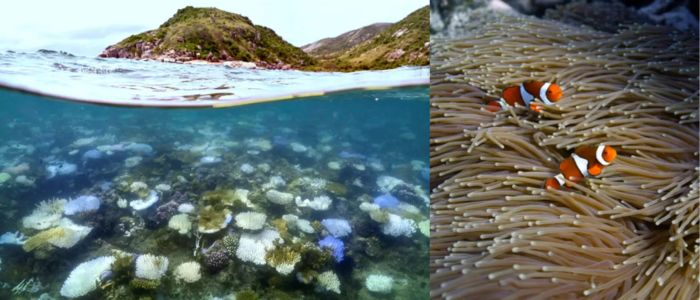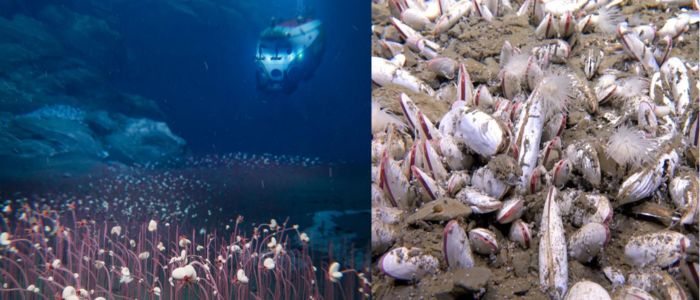It's the biggest known coral bleaching event since scientists began monitoring in 1986.
The results show that the southern third of the reef suffered most, with coral cover reduced to almost one-third of its original values, a record low of only 26.9 per cent.
This is also the region where heat stress levels were most extreme. According to the study, by contrast, the northern and southern parts of the reef both experienced unprecedented single-year declines across all six years on record.
Biodiversity at Risk
The largest living structure on the planet — the finish of 4,200 species and six bio areas covering 2,300 kilometers.
The Great Barrier Reef is a place where there is beautiful marine life. It houses 400 types of coral, 1,500 species of fish, 4,000 different molluscs, and 240 bird species. Northern Australia has a special status because it is home to the unique marine animals such as the dugong and the large green turtle.
Professor Selina Stead, CEO of AIMS and principal investigator on the project, said."Mass bleaching events are becoming more intense and prolonged.
In a statement accompanying the study, Pandolfi said larger decreases in greenhouse gases were needed to save coral reefs worldwide. In addition to decreasing emissions, it is imperative that measures be taken to address terrestrial environmental pressures and reef adaptation in order to maintain these ecosystems.
Climate Challenges and Policy Responses
The environmental activism group Greenpeace, which ran the original story on the widespread damage to the Great Barrier Reef, sees a larger problem at work.
Some of the heat trapped in the atmosphere goes into warming up our oceans, with estimates suggesting that about 93 per cent of this excess heat ends up in the world's oceans.
This means that the stress on marine systems as a result of the increase in ocean temperatures has also reached unprecedented levels, with temperatures going beyond even what was recorded last year.
Australia not only failed to provide adequate protection of the reef from continued threats, but also increased pressures on the iconic marine park by fulfilling its role as a major exporter of fossil fuels -- including coal ships servicing those coming from Adani's controversial new coal mine passing through the reef area.
This has sparked concerns about the country's climate policies and whether they are consistent with its goals for protecting the environment.
While the Great Barrier Reef could be placed on a list of World Heritage Sites ''in danger'' as international experts recommend, Australian authorities are resisting their calls for fear of how it will impact tourism, a major contributor to the economy.
The most recent report calls for more ambitious global efforts to minimize climate pollutants, including methane, and recommends that fossil-fuel-exporting countries transition to low- and zero-emission sources to protect ecosystems such as the Great Barrier Reef.
Environment

Great Barrier Reef Faces Record Bleaching Amid Heat Stress

In 2024, climate change hit the Great Barrier Reef with its largest coral bleaching event on record due to rising ocean temperatures throughout the year. A report from the Australian Institute of Marine Science (AIMS) last month said climate change had caused broad destruction across the reef with heat stress between August 2024 and May 2025.















